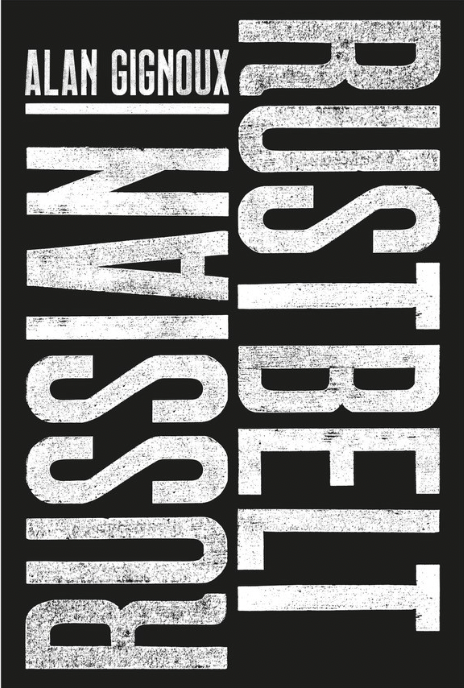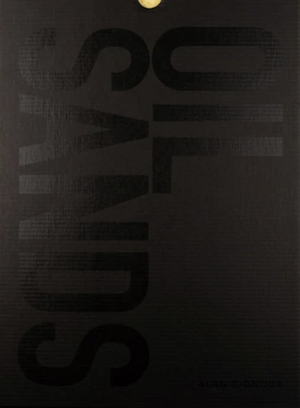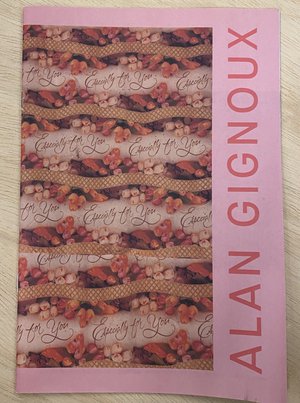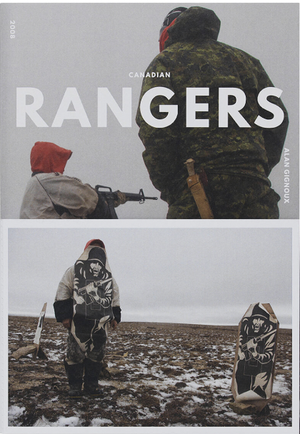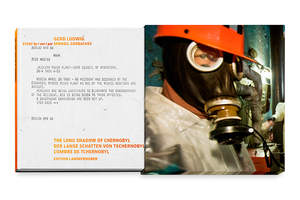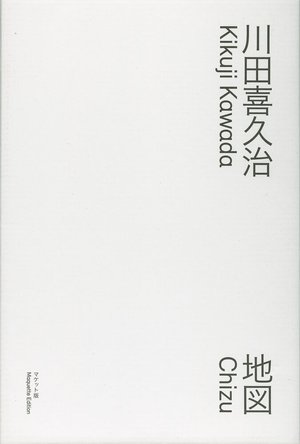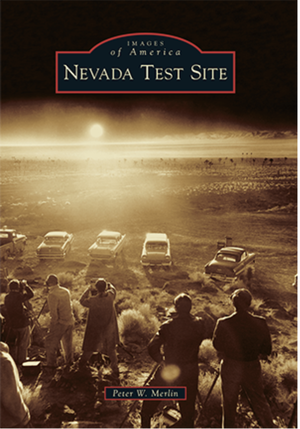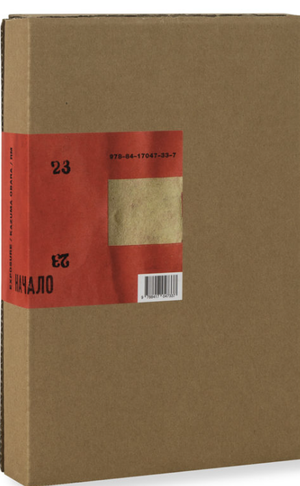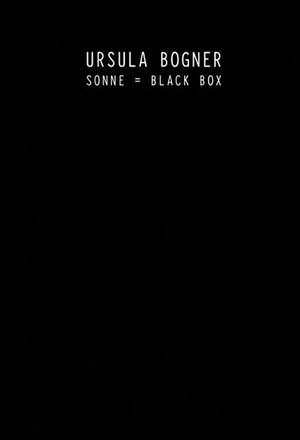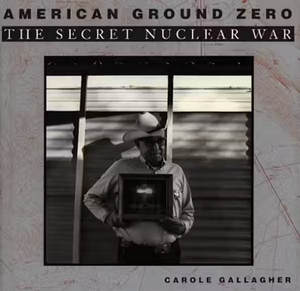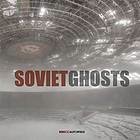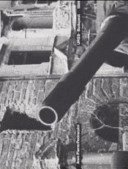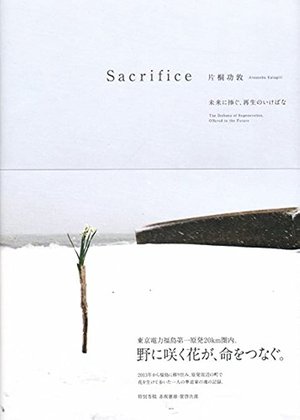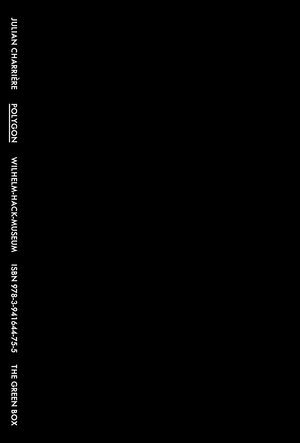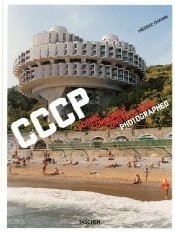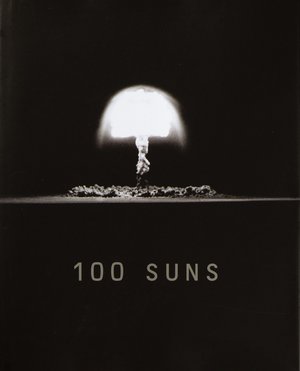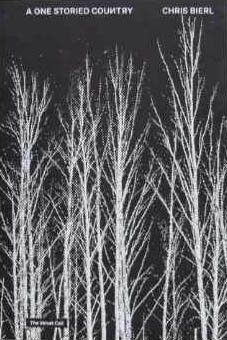Publisher Note
The exceptional mineral wealth in the Urals has provided the resources for Russia’s economic development and military defence for over 300 years. In the twentieth century, the region became central to Stalin’s plans to modernise the Soviet Union and drive the transition to a world class industrial economy.
Following the collapse of the USSR, the people of the Urals were left to endure the punishing legacy of the Soviet industrial project: failing industries, abandoned factories, outdated, and dilapidated industrial equipment, decaying housing, job losses, population loss and life-threatening environmental degradation. Russia’s crucible had become the nation’s rust belt.
Russian Rust Belt incorporates Gignoux’s photographs of the Ural industrial region taken during a residency with the National Centre for Contemporary Art in Yekaterinburg in 2009. The design of the book takes as its inspiration the Soviet era photobooks produced between 1920 and 1941.
Soviet photobooks used cutting edge design features, such as bold and original typography and graphic devices, wallpapers, fabric inserts, photomontage, cut-outs, overlays, gatefold pages, extended foldouts, and half pages, to impressive effect, creating inspirational, modern, confident books that reflected and celebrated a shared Utopian vision.
Russian Rust Belt deconstructs those devices to reflect the dismantling of the Soviet project, and the resulting impact on the people living with that legacy, visualized in response to a series of words: fracture, rupture, shatter, splinter, decay, corrode, crumble, fall apart. The photobook aims to embody in terms of design, form, and content the Russian rust belt experience, with its specific Soviet and post-Soviet character.
| Publisher | self-published |
|---|---|
| Edition | 1st edition |
| Release Date | 2021 |
| Credits |
Writer:
Artist:
|
| Identifiers |
ISBN-13:
978-1-9999610-6-0
|
| Work | |
|---|---|
| Subform | Photobook |
| Topics | Nuclear, Ural, Urss, Work |
| Methods | Photography |
| Language | English |
| Object | |
|---|---|
| Format | hardcover handbound, with foldout pages distributed throughout the book |
| Dimensions | 18.6 × 27.7 cm |
| Interior | |
|---|---|
| Pages | 264 |
